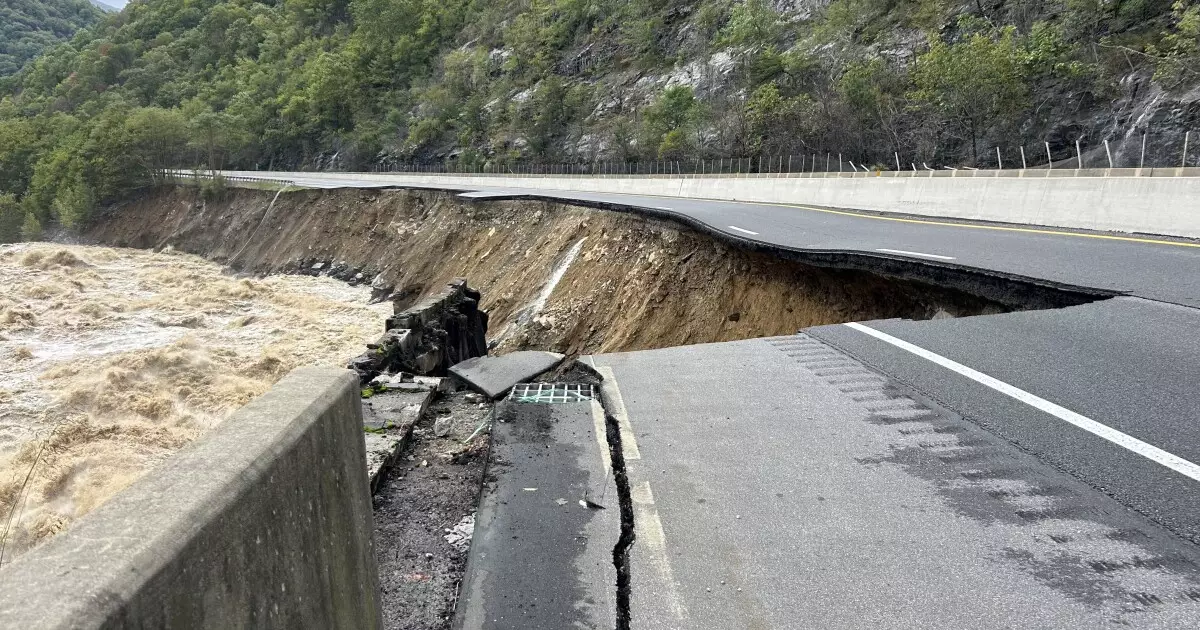Natural disasters wreak havoc on communities, causing tremendous loss of life and property. In times of crisis, efficient federal aid becomes vital for recovery efforts. However, recent reports indicate that President Donald Trump’s administration is contemplating drastic cuts to the very structures designed to respond to these emergencies. Such proposals raise red flags among analysts, who fear that diminishing resources and personnel could undermine the nation’s ability to effectively address natural disasters.
The discussion centers on the Office of Community Planning and Development (CPD), a crucial component of the Department of Housing and Urban Development (HUD). This office oversees the Community Development Block Grant – Disaster Recovery (CDBG-DR) program, which, along with the Federal Emergency Management Agency (FEMA), serves as one of the main federal lifelines for disaster-stricken areas. Reports suggest a staggering 84% reduction in CPD staffing, a move that could significantly hamper the federal government’s disaster aid response.
Educational voices in the policy arena, such as political analyst and scholar David Victor, regard these proposed changes as potentially catastrophic for the Trump administration. Victor points out that once the next natural disaster strikes, the inability to offer timely and adequate federal assistance will dominate the narrative surrounding the administration’s competency. He draws a poignant comparison to the backlash faced by George W. Bush’s presidency following Hurricane Katrina and the perceived failures in the recovery effort that ensued.
The implications of reducing federal disaster aid personnel are profound and multifaceted. First and foremost, Matt Fabian, a partner at Municipal Market Analytics, emphasizes the likelihood of a slower and error-prone grant dispersal process as a consequence of staffing cuts. Typically, the aftermath of a disaster requires rapid mobilization of resources and funds to support recovery efforts. With the proposed changes, the already sluggish pace of federal aid may be exacerbated, prolonging the suffering of affected communities.
The pessimism voiced by analysts is not without merit. Historical data reveals that the distribution of disaster relief funds has frequently lagged behind the immediate needs of impacted areas. For instance, by the start of fiscal 2025, nearly two-thirds of the hurricane recovery aid pledged to Puerto Rico following two devastating hurricanes in 2017 remained unallocated. This inefficiency could be compounded if the federal structure overseeing them is substantially weakened.
Political ramifications also loom large on the horizon. With the administration’s public stance advocating for state governments to assume more responsibility for disaster response—essentially by sidestepping FEMA—the potential for inconsistency and inequity in aid distribution arises. States vary significantly in their capacity to respond to disasters effectively; some are more equipped than others, and this disparity raises fundamental questions about the fairness and adequacy of the response mechanisms being proposed.
North Carolina Governor Josh Stein’s recent request for an additional $19 billion in federal funding to recover from Hurricane Helene encapsulates the urgency of federal support. Stein, representing a state grappling with extensive damage, reported that initial federal allocations, while significant at $3.17 billion, remain insufficient to meet the astronomical needs of recovery efforts. He has indicated that $4 billion of the requested aid would come from CDBG programs, emphasizing the reliance of states on federal resources amid natural catastrophes.
The proposed cuts to federal disaster aid programs represent not just a policy shift, but a potential crisis in governance and public safety. As communities across the nation prepare for the multifaceted challenges posed by natural disasters, the anticipated reduction in support raises concerns about the United States’ overall disaster preparedness and response. If the administration fails to devise a coherent and robust strategy for resource allocation and management, the repercussions could reverberate long after the next disaster strikes, defining not only the fate of affected communities but also the political landscape for the Trump administration. These impending changes call for urgent dialogue, ensuring that disaster-stricken Americans receive the aid they desperately need.


Leave a Reply